At Alpha Reproduction, we believe that certain places forever mark the destinies of artists.
For Vincent van Gogh, Auvers-sur-Oise was not just a peaceful village north of Paris: it was the stage of his ultimate creative brilliance, a refuge of silence where painting became a cry of the soul.
Between May and July 1890, in just 70 days, Van Gogh created about 70 works — one canvas per day — in a feverish, urgent, almost prophetic burst.
Golden fields streaked with crows, a moving church under a vibrant sky, deep portraits of humanity: this short period is often considered as the emotional and stylistic peak of his entire career.

In this blog, we invite you to explore this last chapter, through the eyes of an artist in search of light, inner peace, and the absolute.
🏡 Why did Van Gogh choose Auvers-sur-Oise?
In May 1890, after a long period of isolation at the asylum of Saint-Rémy-de-Provence, Vincent van Gogh feels the need to change the air, the landscape, and the balance.
His brother Théo, concerned about his state but confident in his return to a more serene life, advises him a compromise: a place close to Paris, but far from its turmoil. This place is Auvers-sur-Oise, a countryside village just 30 kilometers north of the capital.
Ce choix n’est pas anodin. Auvers attire déjà quelques artistes, comme le peintre Charles-François Daubigny, et offre à Van Gogh un décor authentique, rustique, préservé. Ici, pas de foule ni de distractions mondaines, mais des maisons anciennes, des chemins de terre, des champs à perte de vue, et surtout cette lumière du nord si chère aux impressionnistes.
For Van Gogh, this new beginning represents much more than a simple move. He sees it as the possibility of renewal, of reconnecting with nature, with the essential, and with his art — in a calm yet inspiring environment.
It is also, in the background, an attempt at healing, of reintegration into a world he has so often perceived as hostile.
🌾 A village transformed into a work of art
Upon his arrival in Auvers-sur-Oise, Van Gogh is struck by the simple poetry of the place. This peaceful village, made of winding alleys, sloping roofs, and untidy gardens, immediately becomes an inexhaustible source of inspiration.
In this still authentic countryside, every nook becomes a subject, every detail a motif to explore.
The golden wheat fields, the twisted trees, the houses with ochre walls, everything seems to vibrate under his gaze. Van Gogh no longer seeks to faithfully represent the world: he wants to translate the emotion, the inner life, the silent soul.
He does not paint what he sees, but what he feels.
Auvers thus becomes a pictorial theater, a sensitive mirror where the artist projects his last questions, his hopes, his impulses.
His canvases do not show a village: they transform it. Through color, rhythm, and the intensity of the brushstroke, Van Gogh elevates the everyday to the level of masterpiece.
👨⚕️ The decisive meeting with Doctor Gachet
One of the key moments of Van Gogh's stay in Auvers-sur-Oise is undoubtedly his meeting with Doctor Paul Gachet, a doctor unlike any other.
Recommended by Théo, Gachet is a homeopathic doctor, an art enthusiast, and an amateur engraver — and above all, deeply sensitive to the psychological fragility of artists.

From their first exchanges, a form of complicity is created between the painter and the doctor. Gachet becomes both a confidant, a model, and a silent witness to Van Gogh's inner state.
He is the one who will appear in one of the painter's most famous portraits:
👉 The Portrait of Doctor Gachet, created with a heartbreaking intensity, shows a thoughtful, almost weary man, his head resting on his hand, surrounded by medicinal plants.
But the relationship does not stop at the portrait. Van Gogh also paints the lush garden of the doctor, transforming his plants into colorful, almost living whirlwinds.
Gachet offers the artist a benevolent gaze, a form of psychological stability — although, unfortunately, this support will not be enough to permanently soothe his troubles.
In this relationship between art and care, Van Gogh nonetheless finds a space for sincere expression, a rare humanity, and a trust that nourishes his creative drive.
🎨 The 70 masterpieces of Auvers: a frenzy of creation
In Auvers-sur-Oise, Van Gogh enters a period of explosive creativity. In less than 70 days, he paints about 70 paintings — an almost supernatural pace, reflecting his inner urgency, but also his inexhaustible inspiration. Never before had he painted so much, so quickly, with such mastery.
These works are not mere sketches or preparatory studies: they are major canvases, now preserved in the world's greatest museums.
They cover all the genres he explored in his career:
-
Vibrant Landscapes, like Wheat Field with Crows or Path Under the Rain
-
Rural Buildings, such as Houses in Auvers or The Church of Auvers
-
Deep Portraits, including the famous Portrait of Doctor Gachet
-
Plant Natures, such as The Garden of Doctor Gachet or The Roots of Trees
Each canvas seems inhabited by a unique intensity. The colors are bolder, the contrasts more daring, the shapes more expressive.
Van Gogh no longer seeks to convince: he reveals, without restraint, what he has deep inside — a mix of light, pain, and beauty.
This frenzy of painting gives birth to one of the artistic peaks of his entire work, a true synthesis of emotion, landscape, and color.
🖌️ A liberated and expressive style
In Auvers-sur-Oise, Van Gogh reaches a full artistic maturity.
Freed from the constraints of the asylum and driven by the energy of the place, he lets his gesture speak with a new freedom.
His style, already bold in Arles and Saint-Rémy, becomes here more fluid, more instinctive, almost lyrical.
The lines undulate, the contours dissolve, the colors intensify.
In Champ de blé aux corbeaux, the jagged brush strokes depict the wind, anxiety, and inner turmoil.
In L’Église d’Auvers, the perspective intentionally wavers, giving the building a floating, almost unreal aspect.
In Les Racines d’arbres, the material itself becomes a language: that of underground life, of invisible complexity.
Van Gogh no longer paints the world as it is, but as he feels it deeply.
His works from this period are silent confessions, pictorial translations of the soul.
He no longer hesitates to accentuate, to distort, to saturate — not to shock, but to express the tension between the real and the emotion.
It is this style, free and inhabited, that will make his canvases from Auvers major milestones of post-impressionism, and works of a power that remains current.
🖼️ Where to admire Van Gogh's paintings in Auvers today?
The works that Van Gogh created in Auvers-sur-Oise are now among the most precious treasures in the history of art.
Housed in large international museums or in the hands of private collectors, they continue to fascinate, move, and inspire, far beyond their original context.
🏛️ Van Gogh Museum (Amsterdam)
It is in this must-visit museum that several major paintings from this period can be found, such as Wheat Field with Crows, The Garden of Doctor Gachet, or Tree Roots.
The collection is presented in a chronological path that allows one to feel all the stylistic and emotional evolution of Van Gogh up to his last days.
🏛️ Musée d’Orsay (Paris)
In Paris, the Musée d’Orsay preserves masterpieces from the Auvers period, notably The Church at Auvers-sur-Oise, displayed alongside the greatest Impressionist and Post-Impressionist painters.
This work, with its unique construction and mystical atmosphere, has become emblematic of Van Gogh's free and expressive style at the end of his life.
🏛️ Art Institute of Chicago
This American museum houses several late works by the painter, including pastoral views and tormented landscapes of the Auvers countryside.
The dynamic compositions, vibrant skies, and agitated trees show the fullness of his artistic language.
🖼️ Private collections and temporary exhibitions
Some canvases from this period belong to private collections, rarely accessible to the public.
They reappear, however, during prestigious temporary exhibitions, where they generate an ever-growing interest.
✨ The imprint of Auvers in the history of art
The period of Auvers-sur-Oise, although brief, occupies an exceptional place in the history of art.
It marks the final stage of Van Gogh's journey, but also a stunning synthesis of all his artistic quest.
In these canvases, we find everything that makes the Dutch master's uniqueness:
-
the emotional intensity of the portrait,
-
the expressive power of the landscape,
-
the chromatic boldness that transforms color into the language of the soul.
This is where Van Gogh manages to merge his inner vision with the outside world, in a painting free from any academic constraint, with a heartfelt sincerity.
These paintings, created in a feverish silence, resonate like a pictorial testament, a farewell that is both luminous and painful.
Auvers is not only his last place of life: it is the culmination of a work marked by passion, solitude, and wonder.
More than a final episode, the period in Auvers has become a founding milestone of post-impressionism, and a model for generations of artists who, after Van Gogh, will also seek to paint not the world, but what they feel about it.
🗺️ Van Gogh in Auvers-sur-Oise: a route to follow?
Today, Auvers-sur-Oise is much more than a picturesque village: it is a place of artistic memory, a pilgrimage for all those who admire the work and sensitivity of Vincent van Gogh.
Through alleys, fields, and buildings, one can still feel the discreet echo of his passage.
📍 The house of Doctor Gachet
Restored and open to the public, this home bears witness to the unique relationship between the doctor and the painter.
One can discover documents, reproductions, period objects — and above all, an intact atmosphere.
📍 The church of Auvers
Immortalized in one of his most famous paintings, the village church has not changed in appearance.
Viewed from the right angle, one finds the same inclined silhouette, bathed in soft light: a moment of pure emotion.
📍 The cemetery of Auvers
It is here that Vincent and Theo van Gogh rest, side by side, under two simple stones surrounded by ivy.
A place imbued with reflection and poetry, which recalls the unbreakable bond between the two brothers.
📍 The Van Gogh route
A marked path allows you to walk in the exact footsteps of the artist, discovering the viewpoints of his canvases, explanatory panels, and anecdotes.
From the Ravoux inn to the surrounding countryside, the landscape remains surprisingly close to the one he painted.
Taking this journey is not only to visit a village, but to enter the mental and sensitive universe of a genius, where every tree, every shadow, every silence becomes painting.
🌅 Conclusion: Van Gogh in Auvers-sur-Oise, a farewell in light
Vincent van Gogh's stay in Auvers-sur-Oise represents much more than a simple artistic stage.
It is the emotional and stylistic peak of all his work, the ultimate reflection of his genius, expressed in a final breath of free and sincere creation.
In just a few weeks, the artist managed to capture the essence of a village, the fragile beauty of nature, and the silent depth of the human soul.
His canvases still vibrate today with that urgency to paint, to say, to feel.
Through his open landscapes, intense colors, and expressive lines, Van Gogh leaves us a legacy of rare humanity — that of a man who, despite his pain, chose to respond to the world with light.
Discovering his works from Auvers is to enter a form of spiritual intimacy, in a painting that does not cheat, that touches, that elevates.
📚 FAQ – Everything you need to know about Van Gogh in Auvers-sur-Oise
🟡 How long did Van Gogh live in Auvers-sur-Oise?
Vincent van Gogh lived in Auvers-sur-Oise for about 70 days, between May 20 and July 29, 1890, the date of his death.
This short stay was one of the most intense and prolific of his career.
🟡 How many paintings did Van Gogh paint in Auvers?
He painted about 70 paintings in 70 days, or almost one per day.
This production includes landscapes, portraits, village views, and plant scenes of exceptional richness.
🟡 What is the most emblematic canvas of this period?
Wheat Field with Crows is often considered the most emblematic of his period in Auvers — and sometimes, rightly or wrongly, as his last painting.
It embodies both the dramatic power of his style and his tormented inner state.
🟡 Can we visit the places where Van Gogh lived and painted in Auvers?
Yes, the village of Auvers-sur-Oise offers a Van Gogh trail with historical points of interest:
-
the doctor Gachet's house
-
the church of Auvers
-
the cemetery where he rests
-
the Ravoux inn, where he lived and died
The village remains true to the atmosphere that he loved so much.
🟡 Where can we see the paintings created in Auvers today?
The paintings are scattered across major international museums:
-
Van Gogh Museum in Amsterdam
-
Musée d’Orsay in Paris
-
Art Institute of Chicago
Other works are kept in private collections or displayed in temporary exhibitions.
🖼️ Treat yourself to a hand-painted reproduction of a masterpiece by Van Gogh in Auvers
At Alpha Reproduction, we believe that art should not be locked away in museums.
That’s why we offer you oil on canvas reproductions, hand-made, faithful to the paintings that Van Gogh created in Auvers-sur-Oise.
🎨 Wheat Field with Crows, The Church at Auvers, Portrait of Dr. Gachet, Houses at Auvers…
All these masterpieces are available in our collection, with the richness of texture, the intensity of colors, and the vibration of the brushstroke found in the originals.
Each reproduction is:
-
Hand-painted by an expert artist
-
Made with oil on canvas, just like in the past
-
Customizable in format and framing
-
Delivered with a certificate of authenticity
💡 Installing a Van Gogh painting at home is to invite emotion, light, and history into your daily life.
Bring to your interior the vibrant breath of Van Gogh's last great creative surge — and bring art to life in the present.
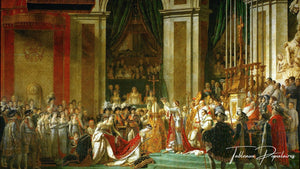
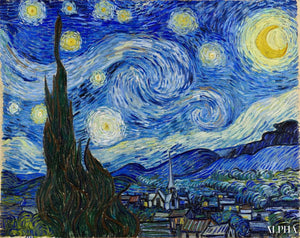
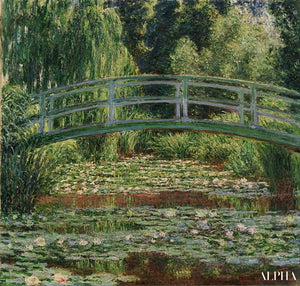
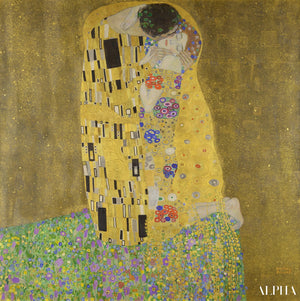
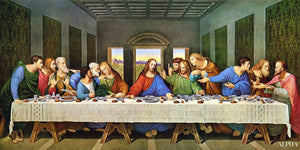
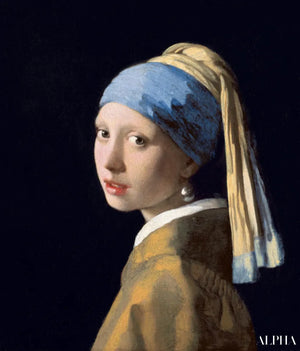
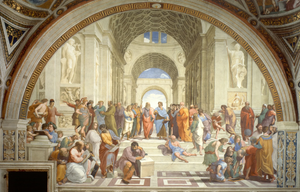
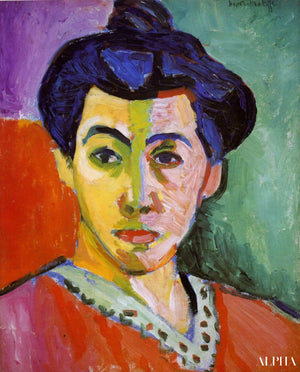
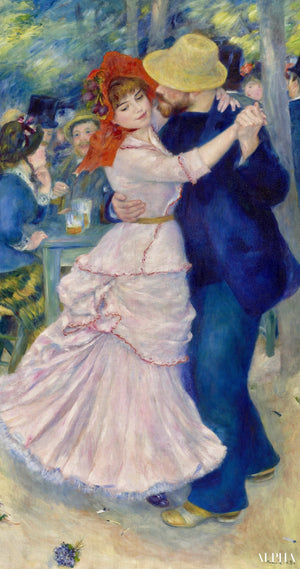


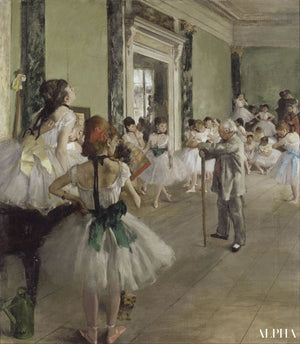
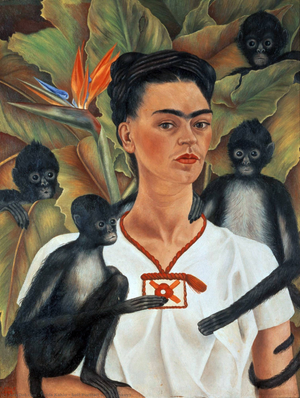
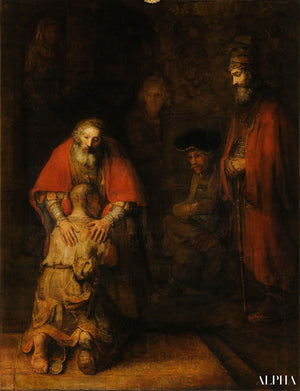

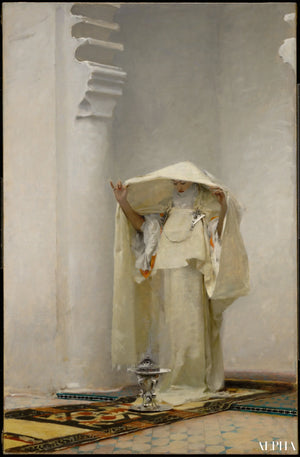
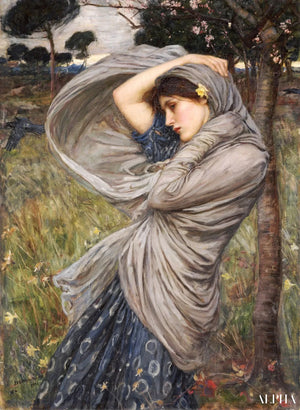

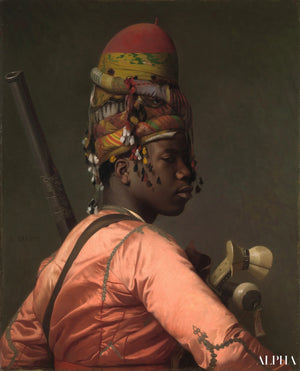





0 comments